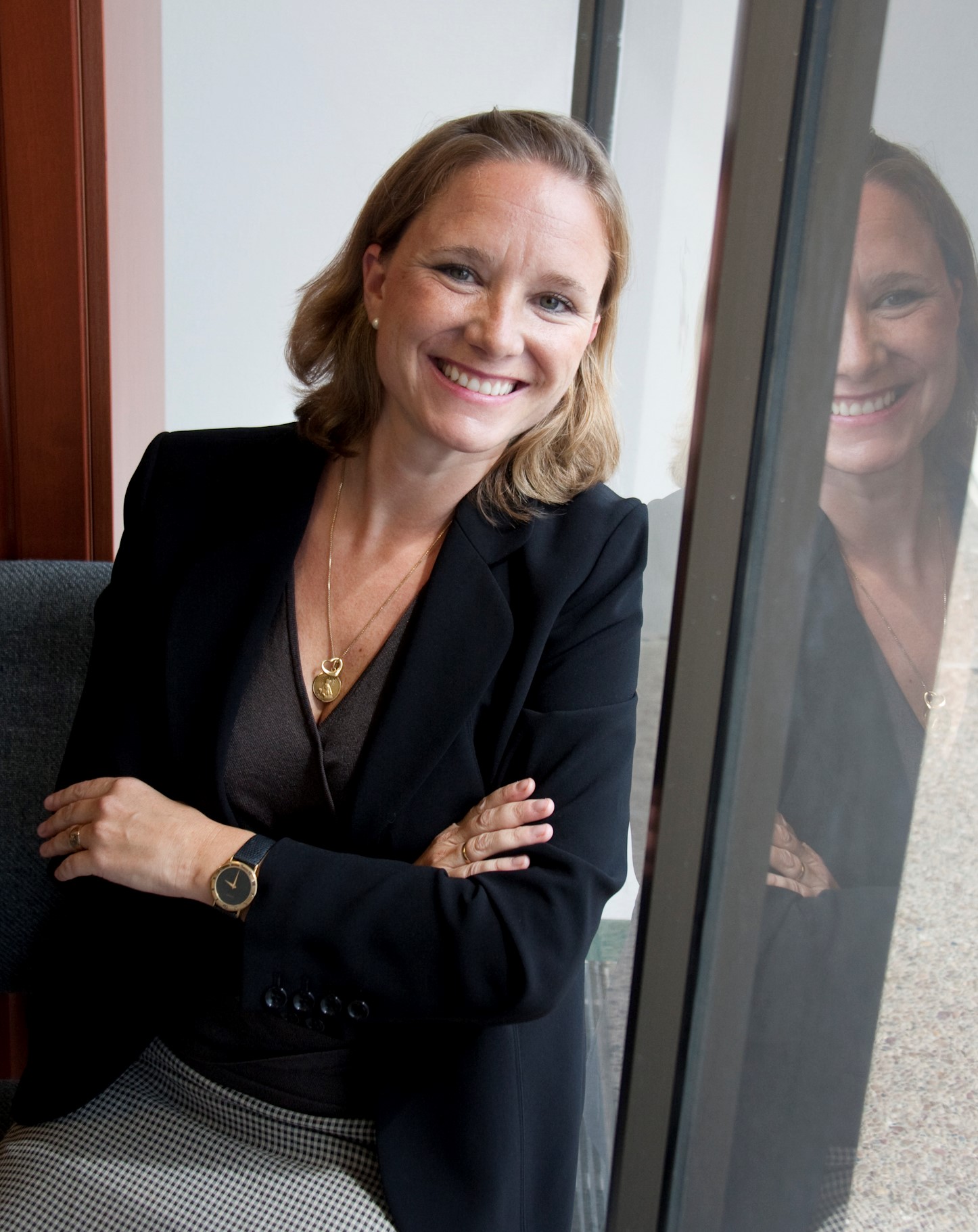Category: Treatment - Other
Symposium 130 - Bright Horizons of CBT: Positive Emotion Treatments for Anxiety and Depressive Disorders
Level of Familiarity: Basic to Moderate
Recommended Readings: LaFreniere, L. S. & Newman, M. G. (2023). Upregulating positive emotion in generalized anxiety disorder: A randomized controlled trial of the SkillJoy ecological momentary intervention. Journal of Consulting and Clinical Psychology. Advance online publication. https://doi.org/10.1037/ccp0000794.,
Craske, M. G., Meuret, A. E., Ritz, T., Treanor, M., Dour, H., & Rosenfield, D. (2019). Positive affect treatment for depression and anxiety: A randomized clinical trial for a core feature of anhedonia. Journal of Consulting and Clinical Psychology, 87(5), 457-471. https://doi.org/10.1037/ccp0000396
,-

Lucas LaFreniere, Ph.D. (he/him/his)
Assistant Professor
Skidmore College
Saratoga Springs, New York -
CC
Colleen Conley, Ph.D. (she/her/hers)
Associate Professor of Psychology
Loyola University Chicago
Chicago, Illinois -

Lucas LaFreniere, Ph.D. (he/him/his)
Assistant Professor
Skidmore College
Saratoga Springs, New York -
FR
Felicia Rosen, B.A. (she/her/hers)
The Child Mind Institute
BROOKYLN, New York -

Alicia Meuret, Ph.D.
Professor of Psychology
SMU
Dallas, Texas -
CT
Charles Taylor, Ph.D. (he/him/his)
Associate Professor
University of California, San Diego
San Diego, California
Chair(s)
Discussant(s)
Presenter(s)
“Cultivating joy” is ABCT’s theme this year for good reason. Positive emotions have been shown to build resilience against adversity and other risk factors for disorders (Cohn et al., 2009; Lyubomirsky et al., 2005). Moreover, research suggests upregulating positive emotions may directly reduce acute symptoms of disorders and bolster long-term recovery (Craske et al., 2019; Ehrenreich et al., 2007; Garland et al., 2010; Gloria & Steinhardt, 2016; Taylor et al., 2016). Joyful feelings and cognition also have a host of other well-being benefits beyond reducing psychopathology. Longitudinal and experimental studies suggest the benefits of positive emotion include improved social support, vigor, engagement in activities, physical health, longevity, relationship and marital satisfaction, income, fulfilling and productive job performance, self-compassion, and sociability (Catalino, Algoe, & Fredrickson, 2014; Lyubomirskey et al., 2005; Mauss et al., 2011). CBT may be improved by complementing our negative emotion interventions with methods targeting positive well-being factors (Carl, Soskin, Kerns, & Barlow, 2013). Such methods may also enhance the positive reinforcement, acceptability, and sustained learning of therapy itself (Park et al., 2015). Fortunately, new CBT-informed treatments and techniques for generating, amplifying, and extending positive emotions are being developed and tested.
The current symposium will present the treatment practices and results of randomized controlled trials (RCTs) and interventional experiments examining positive emotion treatments for anxiety and depressive disorders. This series’ presenters will cover the implementation, mechanisms, and outcomes of positive emotion approaches informed by CBT. These approaches include savoring practices, a suite of positive event response, gratitude, and kindness techniques, and a comprehensive positive affect psychotherapy program.
First, Dr. Lucas LaFreniere will present new outcome and mediation results from an RCT of a smartphone-based savoring intervention—SkillJoy—in generalized anxiety disorder (GAD). He compares savoring practices to an active treatment control, examining increases in positive well-being indicators, reductions of worry and kill-joy thinking, and the mediation of decreases in worry by increased purposeful enjoyment. Second, Felicia Rosen will present an experiment testing savoring’s ability to reduce pre-existing worry states. In this project, she compares the longitudinal effects of savoring after a worry induction to an active control practice in those with and without GAD. Next, Dr. Alicia Meuret will share new findings from her and Dr. Michelle Craske’s two RCTs of their Positive Affect Treatment for anxiety and depression. In our last presentation, Dr. Charles Taylor will present the neural, behavioral, and socioemotional effects of his team’s psychotherapy, Amplification of Positivity Treatment (AMP). He will cover exciting findings across fMRI, social affiliation task, and percieved social connectedness outcomes. To conclude, our discussant Dr. Colleen Connelly—an expert in treatment trial and mindfulness research—will share her thoughts on the presentations.
Learning Objectives:
- State new study findings on the procedures, mechanisms, and outcomes of novel CBT treatments for upregulating positive emotions.
- Discuss innovative methods for enhancing and studying positive indicators of well-being in the treatment of anxiety and depression.
- Relay examples of psychotherapy trials and experiments that directly examine positive emotion treatments with varying outcome assessments.
- Implement basic therapeutic techniques for upregulating positive emotion in clinical work.
- Provide introductory psychoeducation to clients on psychological benefits and effects of positive emotion and its regulation.

